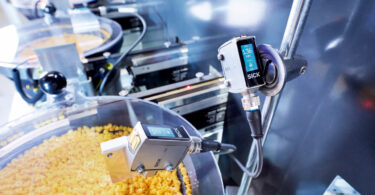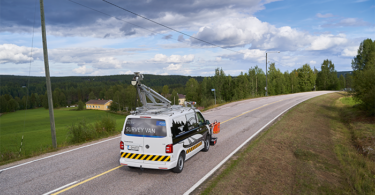How a robot vision system from SICK provides 2D position determination with robot guidance system
 Mitsubishi Electric and SICK have worked together to develop a highly flexible and easy-to-use robot guidance system. The key is a camera combined with special integration software.
Mitsubishi Electric and SICK have worked together to develop a highly flexible and easy-to-use robot guidance system. The key is a camera combined with special integration software.
In industrial manufacturing facilities, robots take on jobs that are either too arduous or too dangerous for humans. This allows people to focus on more complex tasks that require greater creativity and human intelligence. Automation systems of this type are becoming increasingly important, but small and medium-sized enterprises often balk at the capital expenditure required, because the robots are rarely intended for flexible uses, are relatively expensive and involve time-consuming and complicated programming.
Things are different with the application that SICK and robot manufacturer Mitsubishi Electric recently developed on behalf of Wietec, a system integrator, for one of its clients.
“Our mission was to give a robot the ability to pick up tiny dental implant bodies that fall out of the lathe and onto a plate and then to place it on pins on a tray,” said Andreas Fritzsche, Technical Industry Manager at SICK AG.
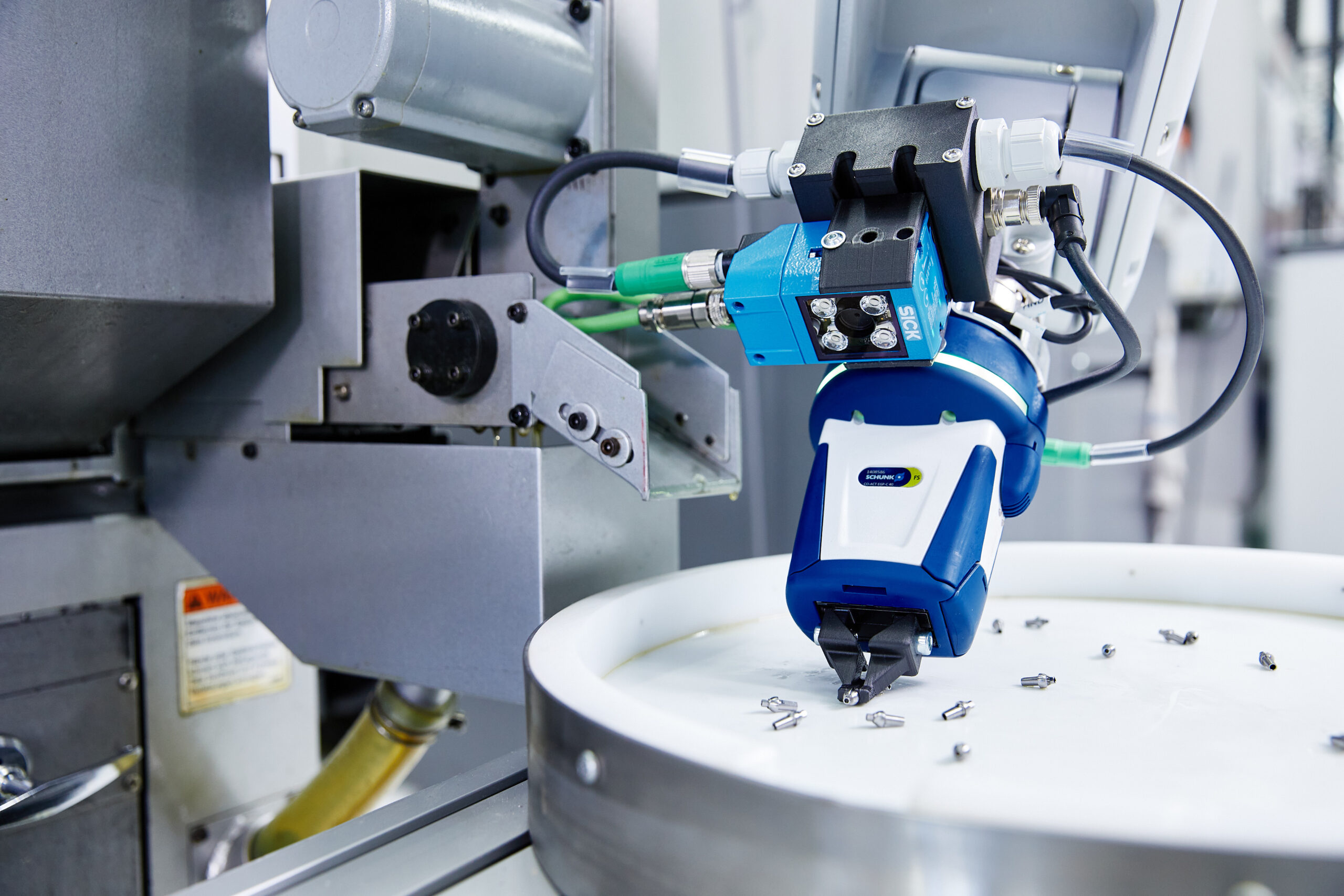
Result of a close collaboration
The cobot, a robot that collaborates with humans, can now operate entirely by itself using a camera from SICK combined with a function library developed by Mitsubishi to work with its engineering software. The camera is positioned directly on the gripper of the Assista, a Mitsubishi Electric Factory Automation robot (MELFA).
The cobot uses these “eyes” to see exactly where the workpieces are on the plate and in what position. The software ensures that it orients its end effector to pick up the implant body with exceptional precision and then place it on the pins on the tray.
SICK and Mitsubishi Electric worked closely together in great depth to develop this system. The two companies have an existing partnership that goes back several years and have also accumulated experience with the SICK PLOC2D camera system on other joint projects.
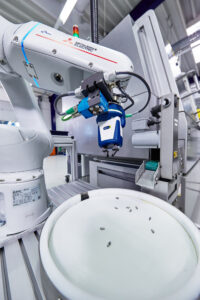
That robot guidance system is now being used in this application as well. The software – the first of its kind – has extra significance for Mitsubishi Electric.
“The development of the function library has laid some important groundwork for the quick and easy connection of a PLOC2D camera to a MELFA robot,” said David Beuter, Team Leader for Application Engineering at Mitsubishi Electric Europe B.V.
The main benefit of this system is that thanks to its ability to “see,” the cobot can manage by itself to cope with the wide range of possible positions that the parts it needs to pick up could be in. Furthermore, the system is extremely easy to operate and can easily be set up to handle variations in its tasks, such as when there is a change in the size of the workpiece to be picked up.
“This is done via a web graphical user interface provided by the camera, and thanks to ‘brush technology,’ it is a simple, quick and intuitive process,” said Marcus Fuchs, robotics project manager at Wietec.
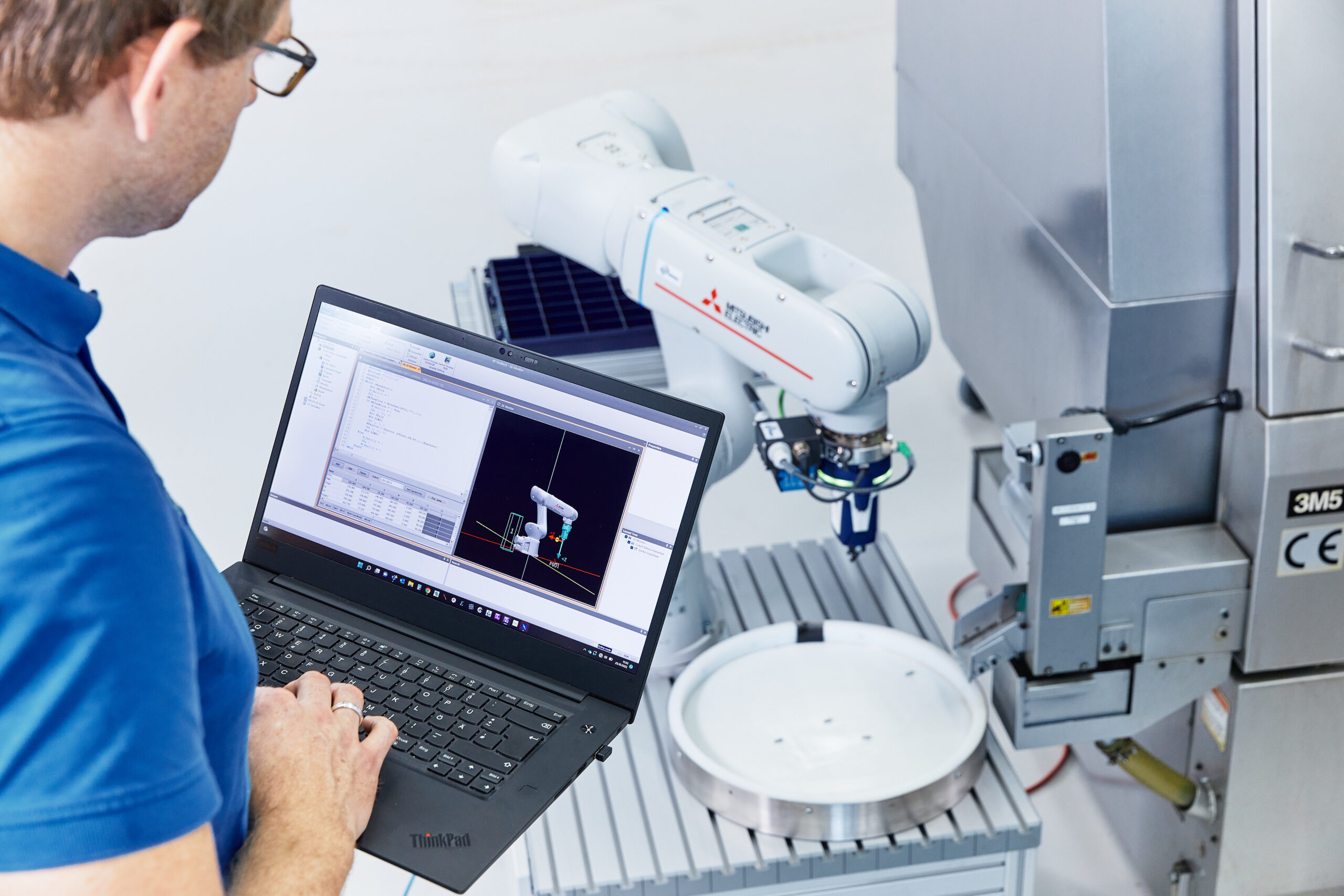
Ease of operation and setup of a robot guidance system
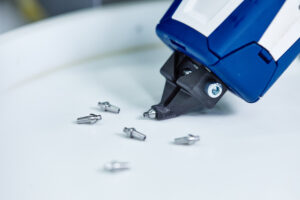 Björn Wied, CEO of Wietec, regards this as a pivotal selling point.
Björn Wied, CEO of Wietec, regards this as a pivotal selling point.
“The fact that it’s so easy to set up the PLOC2D robot guidance system is great for our customers because they rarely have personnel with adequate automation skills, Wied said.
In addition to the system’s ease of use and adaptability, it possesses a third characteristic that is sure to win over potential customers. With folding rollers, the cobot can be moved all around the factory floor. That means that it can be used wherever it is needed at a given moment. In the case of the manufacturer of dental implant parts, for example, it can be deployed at eight different stations in its production facility.
Overall, this is a highly flexible system that helps to cushion the blow of staff shortages in production and helps with scheduling working hours and any necessary additional capacity. Because of the way it simplifies things, the system has made entering the world of robotics a much more interesting prospect for manufacturing companies.
“Camera guidance for robots used to be complicated and expensive, partly because it usually needed to be programmed by specialists. With our approach of making a robot that can ‘see’ user friendly, we’ve made the barrier to entry a lot lower. In other words, our system is paving the way to flexible production,” Fritzsche said.
It is conceivable that the application could be broadened in scope to allow the cobot to take on sorting work as well.
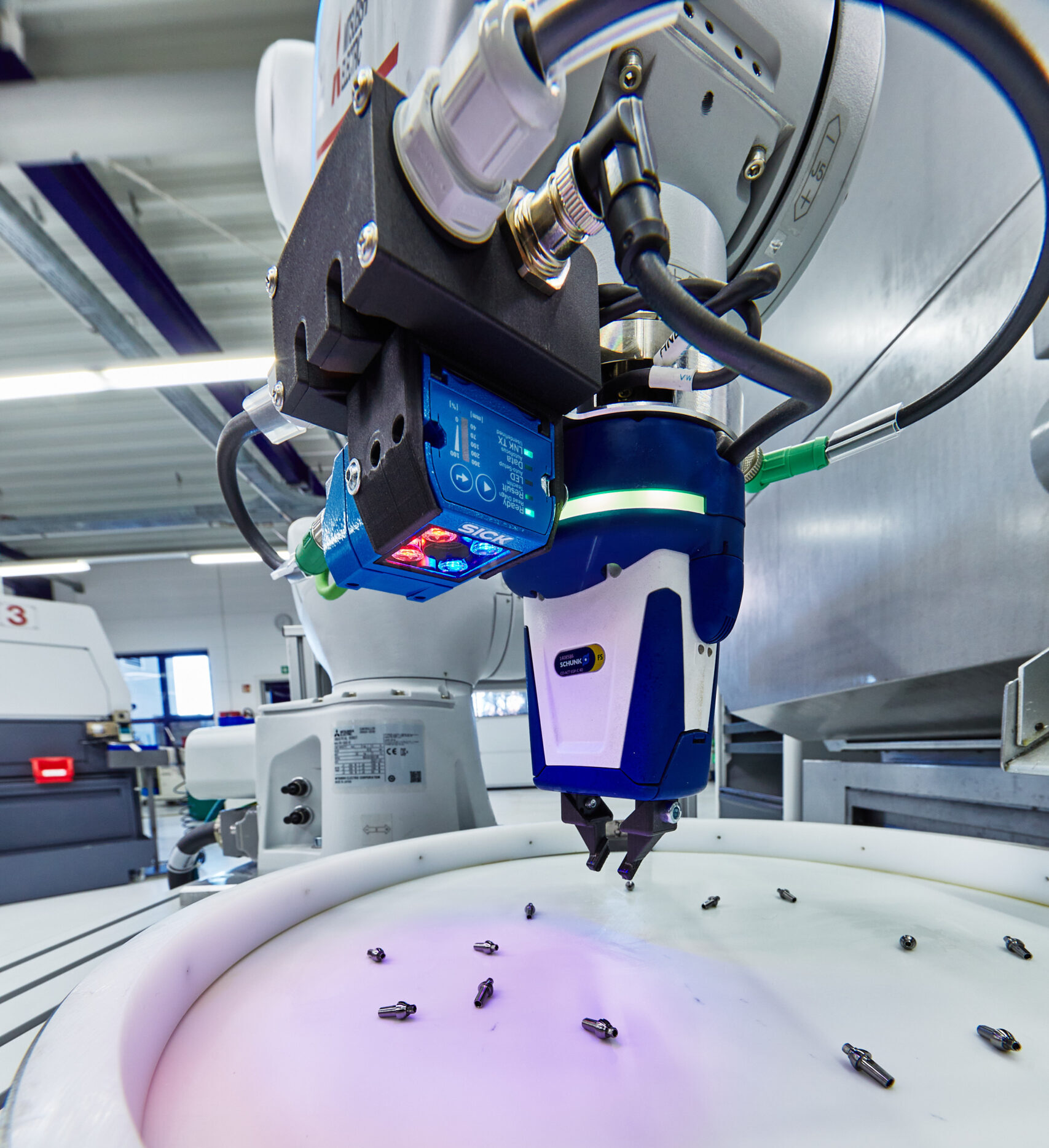
A strong partnership: Mitsubishi Electric and SICK
Mitsubishi Electric and SICK have been working closely together for several years now. SICK has been an official partner of Mitsubishi Electric’s e-F@ctory Alliance since 2021. This global network has more than 300 members and includes manufacturers of industrial components, system integrators and software providers. Partners in the e-F@ctory Alliance collaborate on optimized solutions to customer-specific requirements. SICK and Mitsubishi Electric cooperate on the development of innovative products in the fields of industrial image processing and safety technology.
Want to learn more about cobots and vision systems? Contact a SICK representative today!




